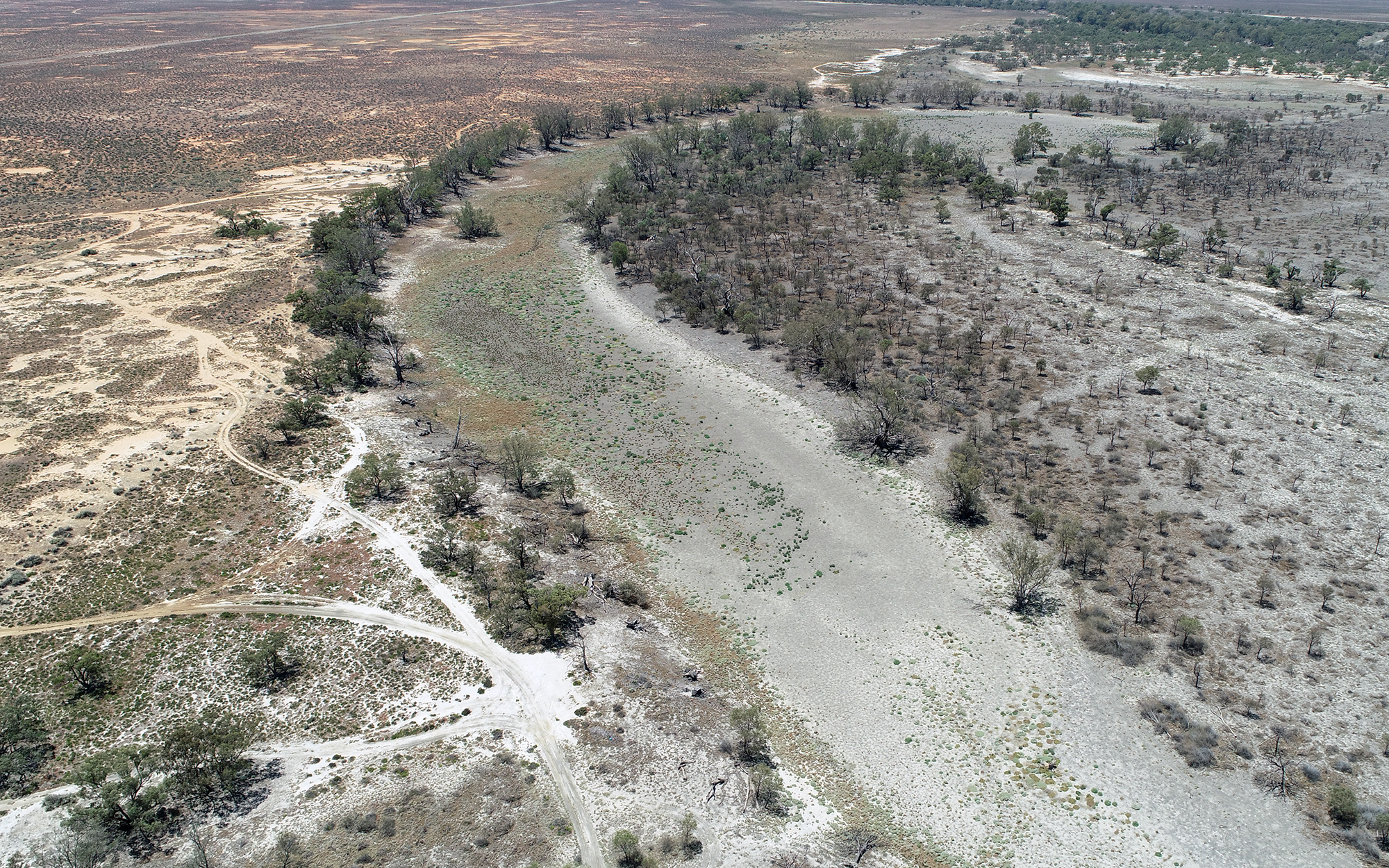About the policy
During the 2017 to 2020 drought, river valleys were managed under the drought stages outlined in the Extreme Events Policy. This policy will now be updated to reflect the lessons learnt and measures applied during the drought.
Policy
The Extreme Events Policy sets up a framework to manage extreme events in a structured and proactive way. It provides a clear and transparent framework for making decisions during extreme events including what decisions need to be made, when they are made and who makes them.
Download the policy (PDF. 719KB)The policy establishes the principles by which water resources within the NSW Murray-Darling Basin will be managed during an extreme event – including water shortages during droughts and water quality events, such as hypoxic (low oxygen) blackwater.
The policy outlines a range of possible measures for water managers to deploy as conditions deteriorate. The details of these measures are outlined in individual Incident Response Guides.
In a drought, the management responses involve progressively introducing more stringent measures to support the highest priority needs as the event becomes more critical. For water quality events, management responses are guided by the type of event.
This information allows water users to make plans during extreme events with more confidence and provides more certainty for the water market.
A number of valleys were declared ‘Stage 4 - critical water shortage’ during the height of drought in 2019, with all major river valleys in the state returned ‘Stage 1– normal operations’ by April 2021.
For information about the last drought at Drought stages and measures implemented during the 2017-20 drought
